Push traffic is a game-changer in digital advertising. It offers a unique way to reach audiences directly. But what exactly is push traffic?
Push traffic comes from push notification ads. These are messages sent to users’ devices, even when they’re not browsing.
This form of advertising is gaining traction. It’s effective for traffic generation and brand visibility.
Push ads are versatile. They can be used for various marketing goals, from sales to engagement.
Understanding push marketing is crucial for modern advertisers. It helps in crafting strategies that resonate with audiences.
Push notifications ad networks play a vital role. They connect advertisers with potential customers efficiently.
For e-commerce owners, push advertising can boost sales. It targets users with timely, relevant messages.
Affiliate marketers also benefit. Push ads can enhance commission earnings through strategic placements.
In this guide, we’ll explore the ins and outs of push traffic. You’ll learn how to leverage it for your business success.
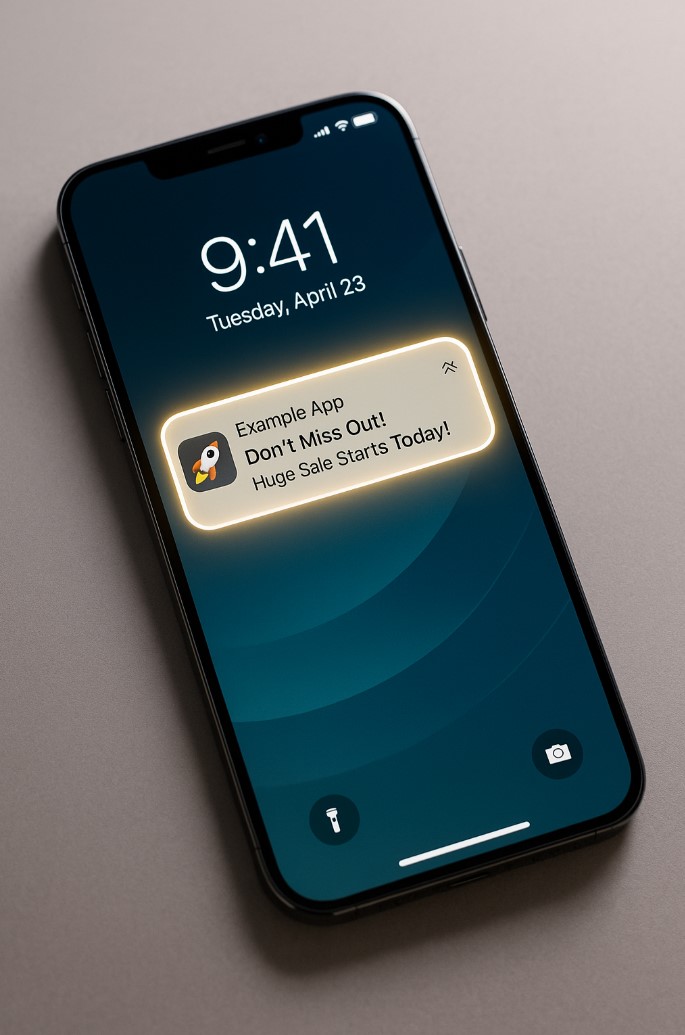
What Is Push Traffic?
Push traffic refers to the visitor flow driven by push notifications. These notifications are brief, clickable messages sent to users’ devices. They appear on desktops and mobile devices, usually in real-time.
Push ads are becoming increasingly popular due to their high visibility. Users see them even if they’re not actively using an app or browsing a website. This characteristic makes them a powerful marketing tool.
Understanding how push notification traffic works is essential for digital marketers. It involves reaching users with timely, relevant messages and converting them into customers. The interaction is direct, often leading to higher engagement rates.
Here are some characteristics of push traffic:
- Instant Delivery: Messages are delivered instantly to devices.
- High Engagement: Users can engage without opening an app or website.
- User Consent: Users must opt-in to receive notifications.
Unlike traditional ad formats, push traffic requires user permission. This element of consent builds trust and can enhance brand loyalty. When users opt-in, they’re more likely to interact with the messages.
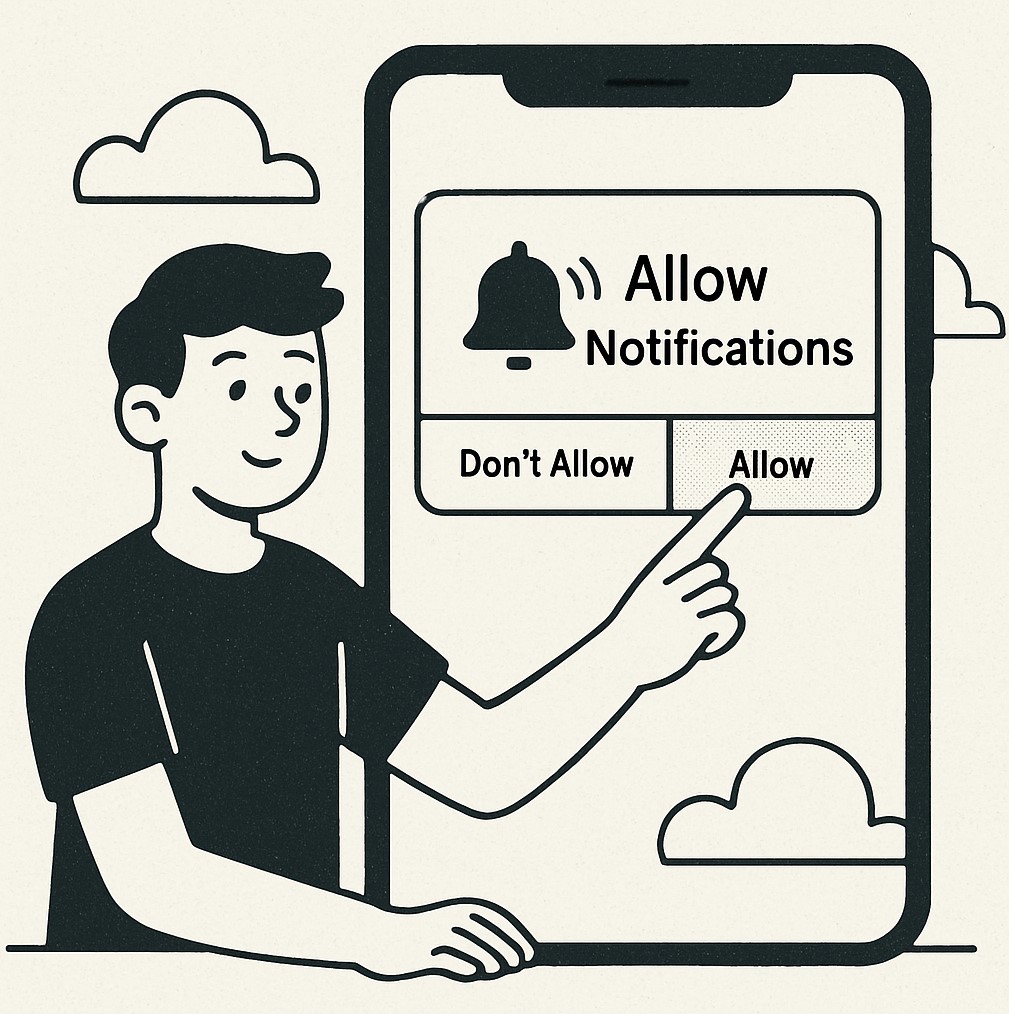
Advertisers leverage push advertising to personalize content and target specific audiences. This targeting ensures that messages are relevant to the user’s interests, increasing conversion potential.
Push notifications are versatile and can be used in various industries. They are effective for e-commerce, news updates, and special promotions. This adaptability allows businesses to tailor their marketing strategies to suit different needs.
In conclusion, push traffic is a dynamic component of digital marketing. It offers an innovative way to engage with users and drive results. Understanding its mechanics can unlock new opportunities for businesses aiming to expand their reach.
How Do Push Notification Ads Work?
Push notification ads leverage push technology to deliver messages to users. These ads appear directly on users’ devices as pop-up notifications. They offer instant communication, bypassing traditional browsing.
The process begins with user opt-in. Users consent to receive notifications from a particular website or app. This opt-in creates a direct channel for advertisers to reach them.
Here’s a step-by-step breakdown:
- User Opt-In: Users agree to receive notifications.
- Message Creation: Advertisers craft concise, engaging messages.
- Targeting: Ads are targeted based on user preferences and behaviors.
- Delivery: Notifications are sent in real-time to opted-in devices.
- Interaction: Users can click notifications for more information.
Unlike emails, push notification ads do not require users to open an app or browser. They appear on the screen regardless of what the user is doing. This ensures high visibility and immediacy.
Push marketing benefits greatly from this direct interaction. It fosters prompt user engagement with minimal delay. The simplicity of the interaction increases conversion rates, making it an attractive strategy.
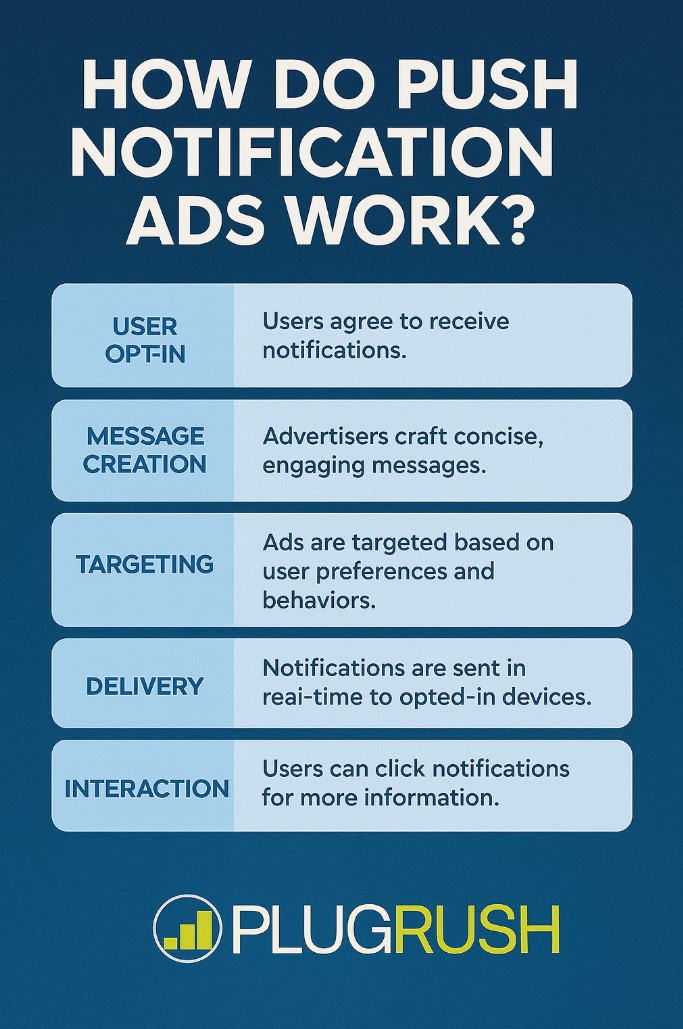
Effective push notifications are personalized and relevant. Tailoring messages to align with user interests is crucial. Personalization enhances user experience and boosts engagement metrics.
Ultimately, push notifications offer a powerful way to engage users. They help marketers reach targeted audiences efficiently. By understanding the mechanics, businesses can optimize their strategies and achieve better outcomes.
Key Components of Push Ads
Push ads are effective due to their straightforward structure. Understanding their key components can optimize their impact. Each component plays a crucial role in user engagement.
The primary elements include:
- Title: A concise, eye-catching headline that grabs attention.
- Description: Brief, informative text that elaborates on the headline.
- Image/Icon: Visual element to enhance appeal and convey message context.
- URL: Click-through link directing users to a landing page.
- Call-to-Action (CTA): Prompt to encourage immediate user interaction.
A powerful title and description form the core of effective messaging. Short and direct language maximizes the immediate impact. It’s essential they align with user interests for better engagement.
Images or icons add significant visual appeal. They communicate the message quickly and effectively. The right visual can make an ad more memorable.
Lastly, a compelling CTA propels users to act. It serves as a guide for the desired user action. Crafting a CTA that aligns with user intent increases conversion likelihood.
Integrating these components strategically boosts the effectiveness of push ads, promoting higher engagement and better results.
Push Traffic vs. Other Ad Formats
Push traffic offers unique advantages over other ad formats. It directly engages users through notifications. This engagement comes outside of traditional browsing activities.
Unlike banner ads, push ads don’t rely on website visits. They reach users on their devices. This expands visibility beyond web pages and browsing contexts.
Push notifications also differ from email marketing. Emails often land in spam folders or go unread. Push ads appear instantly, prompting immediate user interaction.
Here are some key differences:
- Reaching Users: Push ads reach users directly via devices.
- User Engagement: They prompt immediate interaction.
- Timing: Notifications are real-time and immediate.
Push traffic minimizes ad fatigue due to its personalized approach. Unlike popunders, it’s less intrusive and more tailored. This leads to higher engagement rates and better user responses.
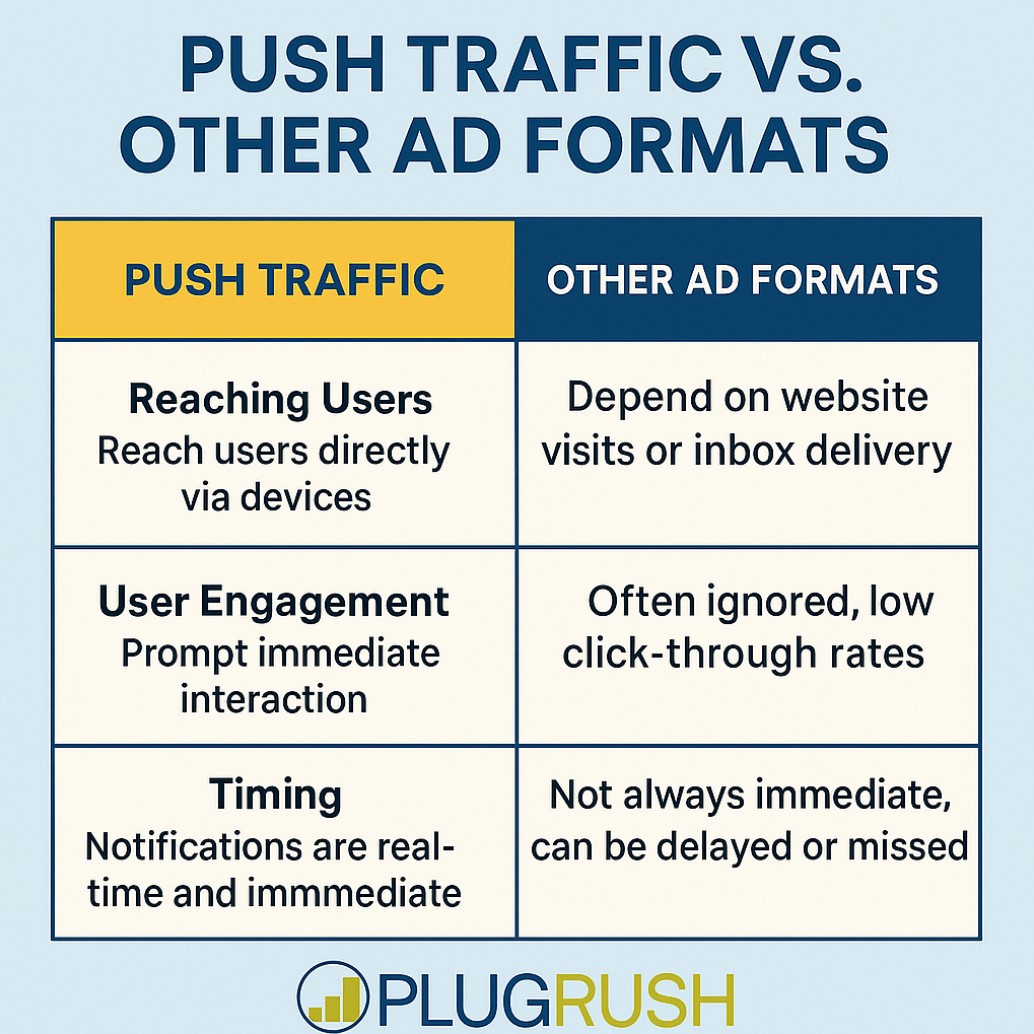
Traditional ads often suffer from ad blockers. Push ads bypass these, ensuring messages are seen. They are a powerful tool in a world increasingly adept at ignoring passive ads.
In summary, push traffic’s distinct characteristics position it as a compelling alternative. It offers a fresh approach in a crowded advertising space. It’s an efficient way to achieve substantial reach and engagement.
Benefits of Push Advertising
Push advertising provides remarkable benefits for advertisers. It excels in driving high engagement due to its direct approach. Notifications are delivered straight to users’ devices.
One significant advantage is the high click-through rate (CTR). Push ads often outperform other ad formats in this area. Users interact more because notifications are timely and relevant.
Push ads also offer exceptional visibility. They appear on screens even when users are not actively browsing. This ensures maximum exposure and reach.
Another benefit is cost-effectiveness. Push marketing typically has lower costs than traditional advertising. This makes it accessible for businesses with limited budgets.
Consider these specific benefits:
- Real-time Communication: Instant user engagement.
- Personalization: Targeted messages tailored to individual preferences.
The ease of implementation is another plus. Push ads are simple to set up and manage. They don’t require complex design work, allowing quick campaign launches.
Improved audience segmentation enhances effectiveness. Advertisers can target specific demographics with precision. This increases the chances of reaching the right audience.
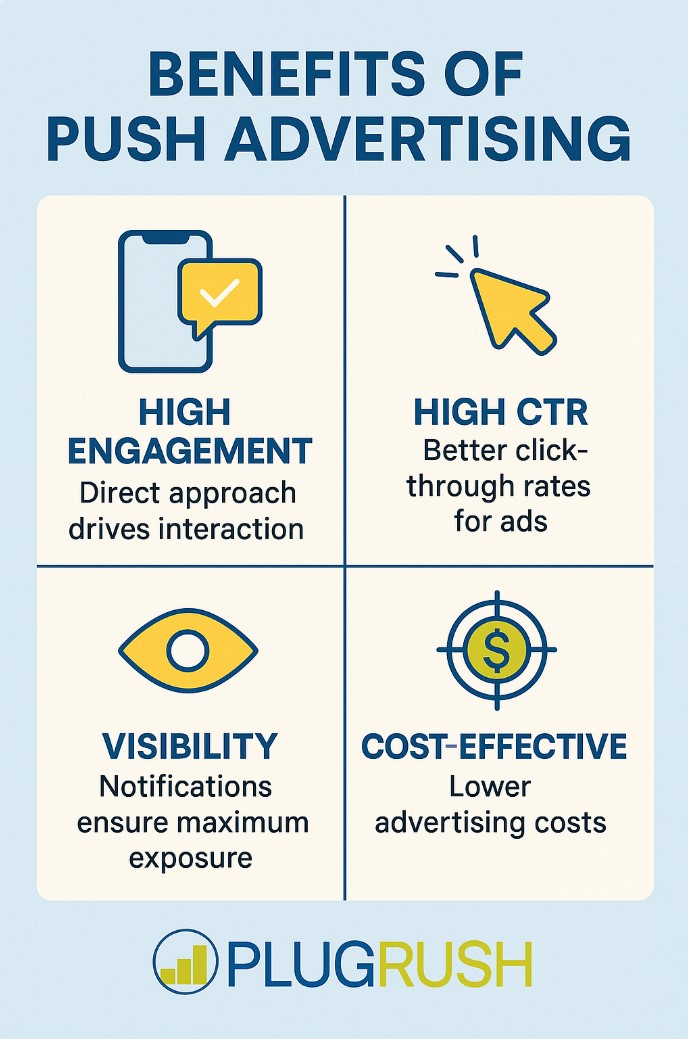
Furthermore, push advertising supports various verticals, accommodating diverse industries. It’s flexible, catering to different campaign goals. This versatility makes it a valuable tool in any marketing strategy.
Through increased CTR, enhanced visibility, and cost-efficiency, push ads deliver tangible results. Their unique properties give advertisers a competitive edge. Overall, push advertising stands out as a leading choice in digital marketing.
Limitations and Challenges of Push Traffic
Despite its advantages, push traffic has limitations. It can face user resistance due to its intrusive nature. Notifications sometimes disrupt user activities, leading to frustration.
User fatigue is another challenge. Frequent notifications can annoy users, causing them to opt-out. This reduces your audience size over time.
Ad content is crucial; irrelevant ads may hurt your brand image. Users expect value and relevance in notifications. Poor targeting can lead to negative perceptions.
Consider these limitations:
- Opt-Out Rates: High when push ads are overused.
- Ad Blindness: Users ignore frequent notifications.
Data privacy also poses challenges. Compliance with regulations is necessary to avoid legal issues. Users now demand transparency and control over their data.
Push advertising requires careful management. Balancing frequency, relevance, and compliance is essential. Navigating these challenges is key to a successful push traffic strategy. Implementing best practices minimizes these drawbacks and enhances effectiveness.
Best Verticals and Niches for Push Notification Traffic
Push notification traffic is versatile. It thrives across various industries due to its direct engagement. E-commerce businesses, for instance, benefit greatly from its real-time updates and personalized offers.
Gaming is another lucrative field. Push notifications can re-engage users with reminders and special game offers. This increases user retention and interaction effectively.
Finance and trading apps also leverage push notifications. Real-time alerts provide users with timely market information, enhancing decision-making. These notifications drive higher engagement rates.
Consider these niches for push traffic success:
- E-commerce: Promotions and sales alerts.
- Gaming: Event reminders and game updates.
- Finance: Market updates and transaction alerts.
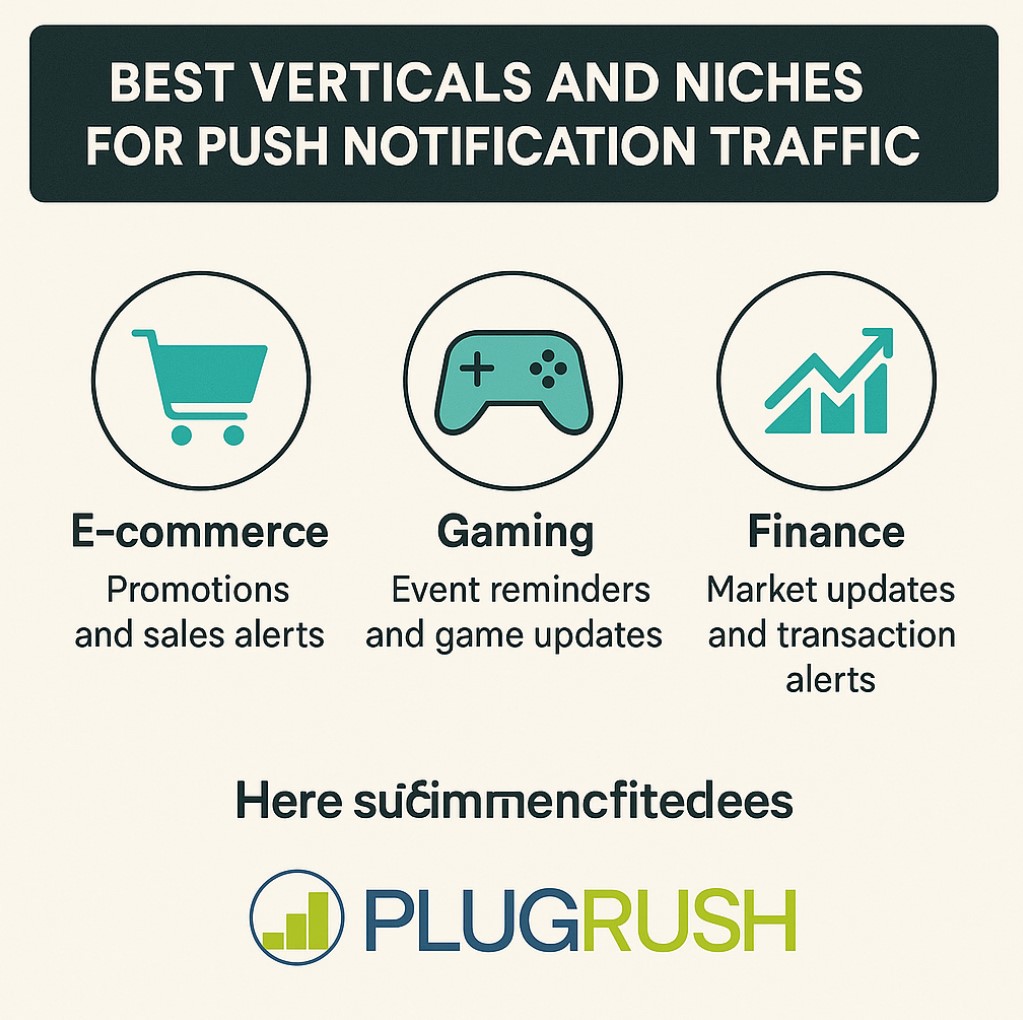
Lifestyle and health apps also benefit. Push notifications remind users of workouts, diets, or wellness tips, enhancing user experience. Content becomes more engaging and timely.
Push traffic aligns well with these niches by offering timely and relevant content. Selecting the right niche can significantly boost your push ad campaign’s success. Tailored messages lead to increased conversions and user retention, benefiting both advertisers and users.
How to Choose a Push Notifications Ad Network
Choosing the right push notifications ad network is crucial. It influences the success of your push ad campaigns. Several factors need careful consideration when making this decision.
Firstly, examine the network’s reach. A broader reach means access to more potential users. This can significantly impact your campaign’s scale and effectiveness.
Secondly, evaluate the network’s targeting capabilities. Precise targeting helps you reach the right audience. It ensures your ads are delivered to users most likely to engage.
Consider the following when selecting a push ad network:
- Reach: How extensive is the network?
- Targeting: What targeting options are available?
- Pricing: How competitive are their rates?
- Support: Is there robust customer support?
- Reputation: What do reviews and testimonials say?
Network pricing models also matter. Analyze cost-effectiveness and return on investment potential. A network with favorable pricing and high engagement can maximize profits.
Lastly, review the network’s reputation. User reviews and industry recommendations provide valuable insights. A reputable network is more likely to deliver consistent results and maintain high standards. Making the right choice requires diligent research and consideration.
Top Push Ads Networks in 2025
The landscape of push ads is ever-evolving. As we look to 2026, certain ad networks stand out. They offer advanced features and unmatched reach.
First, there’s a growing emphasis on innovative targeting. Networks utilizing AI-driven insights will lead. These networks provide more precise user segmentation.
Secondly, user experience is paramount. Networks focusing on seamless integration with minimal disruption win users’ favor. This ensures ads enhance rather than interrupt.
Several networks exemplify these qualities:
- Network A: Known for advanced analytics and user insights.
- Network B: Offers dynamic content adaptation for higher engagement.
- Network C: Prioritizes user-friendly ad delivery and interaction.
Next, global reach is critical. Top networks offer extensive international presence. They allow advertisers to target diverse demographics seamlessly.
In addition, compliance with privacy regulations remains crucial. Networks emphasizing transparency and user consent will maintain trust and legal compliance.
Lastly, integration capabilities are a differentiator. Networks supporting multiple platforms and devices attract broader advertiser adoption. This flexibility enhances campaign adaptability and scope.
In conclusion, the top networks in 2025 balance innovation, user experience, and compliance. Advertisers should watch these leaders closely to stay ahead. Leveraging these networks can drive success in the competitive push advertising space.
Setting Up Your First Push Ads Campaign
Starting with push ads may seem daunting, but it’s simpler than you think. The first step is selecting a reliable push notifications ad network. This decision sets the foundation for your campaign’s success.
Once you’ve chosen your network, create an engaging ad copy. Focus on concise and compelling messages that capture attention instantly. The goal is to entice users to click and explore further.
Next, identify your target audience. Define clear parameters such as demographics, interests, and behaviors. This ensures your ads reach the right people at the right time.
Setting your budget is crucial in the planning phase. Decide on a daily or lifetime budget that aligns with your marketing goals. Keep an eye on the return on ad spend for adjustments as needed.
After launching, monitor your campaign’s performance regularly. Utilize analytics provided by the network to track key metrics. These include click-through rates and conversion rates.

Here are the essential steps for setting up:
- Select an ad network.
- Craft compelling ad copy.
- Define your target audience.
- Set a budget.
- Monitor performance and optimize.
By following these steps, you can establish a solid push ads campaign. Consistent monitoring and optimization will lead to better outcomes. Continual learning and adjustments will drive success over time.
Best Practices for Optimizing Push Traffic Campaigns
To optimize push traffic campaigns effectively, focus on your audience. Understanding their preferences and behaviors is key to success. Tailor your strategies to align with these insights.
Frequency is crucial when sending push ads. Avoid overwhelming users with too many messages. Finding the right balance increases engagement and reduces opt-out rates.
A/B testing is essential in refining your approach. Experiment with different messaging, images, and call-to-actions. Analyzing results helps you identify what resonates best with your audience.
Consider these tactics for campaign optimization:
- Leverage user data to segment your audience.
- Customize content for different audience segments.
- Schedule notifications at peak engagement times.
- Use eye-catching icons and engaging titles.
Additionally, focus on the user experience. Ensure your ads do not disrupt the user’s browsing journey. Create a seamless flow that encourages interaction with your content.
Tracking and adjusting performance metrics is ongoing work. Regular analysis allows you to tweak strategies based on the latest data. Stay informed about emerging trends to keep your campaigns fresh and competitive.
Common Mistakes to Avoid with Push Ads
Implementing push ads can be rewarding, but pitfalls abound. Avoid common mistakes to maximize your return on investment.
One frequent error is neglecting user segmentation. Treating all users the same leads to lower engagement rates. Customizing messages for different segments enhances relevance and effectiveness.
Another misstep involves ignoring analytics. Many marketers set campaigns without ongoing analysis, missing crucial optimization opportunities. Regularly review performance metrics to refine your approach.
Watch out for these pitfalls:
- Sending too many notifications, leading to user fatigue.
- Using vague or misleading messages.
- Overlooking the timing of notifications.
Steer clear of these errors to boost your campaign’s success. Being proactive and informed reduces the risk of these missteps. Tailor your strategies with care to resonate deeply with your audience.
Advanced Strategies for Scaling Push Traffic
Scaling push traffic demands innovation and precision. As your campaigns grow, deploying advanced strategies is essential for sustained success. Focusing on the evolving landscape of user behaviors is a critical element.
Consider employing A/B testing. This process allows you to identify high-performing elements in your campaigns. By testing different headlines and visuals, you can uncover what truly engages your audience. Consistent testing paves the way for optimized strategies.
In addition, automation is a game-changer for scaling efforts. Automated tools streamline processes and ensure timely delivery. Enhance your impact by leveraging machine learning to personalize content based on user interactions.

Key strategies include:
- Utilizing machine learning for targeted personalization.
- Implementing dynamic content adjustments.
- Expanding reach via diversified channels.
Implementing these advanced approaches can help fuel growth. Keep an eye on technological advancements to stay competitive. As you scale, maintaining focus on user experience is crucial for long-term success.
Push Traffic Compliance and User Consent
Navigating compliance in push traffic is crucial. Adhering to regulations not only ensures legal protection but fosters user trust. Users increasingly value privacy, making consent essential.
Collecting user consent should be a top priority. Transparency in data collection and usage enhances brand reliability. Clear communication about opt-in policies creates a positive user experience.
Key compliance steps include:
- Ensuring opt-in mechanisms are clear and straightforward.
- Frequently updating privacy policies.
- Responding promptly to user data inquiries.
Meeting compliance standards protects against legal issues and improves user relationships. Being proactive with policy updates can safeguard your marketing efforts. A focus on these elements ensures your campaigns remain effective and trustworthy.
Future Trends in Push Marketing and Push Ads
Push marketing is evolving with technological advancements. Emerging trends are reshaping how brands engage with audiences. Staying ahead requires an understanding of these changes.
One growing trend is personalized push notifications. This approach enhances user experience and engagement. By tailoring messages, businesses can create more impactful interactions.
Key trends to watch include:
- AI-driven personalized content
- Integration with IoT devices
- Enhanced data analytics for deeper insights
These trends suggest a shift towards more sophisticated, user-centric strategies. Businesses adopting these innovations may see higher engagement rates. Keeping an eye on these developments can provide a competitive advantage.
Conclusion: Is Push Traffic Right for You?
Determining if push traffic is suitable depends on your goals and audience. This ad format offers direct user engagement and high visibility. It can enhance campaign performance with effective targeting.
E-commerce businesses benefit from push ads by boosting brand visibility and driving sales. The immediacy of push notifications makes them suitable for time-sensitive offers. However, they may not suit all businesses due to user consent limitations.
Before diving in, assess your marketing strategy and audience preferences. Test small campaigns to measure effectiveness. With careful planning, push traffic can be a valuable addition to your advertising toolkit.




